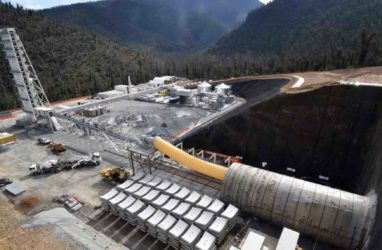The surge in energy storage installations during the second quarter of 2023 marks a pivotal moment in the U.S. energy landscape, with a remarkable 5.6 GW of new capacity added. This growth is primarily driven by the utility-scale sector, which alone contributed 4.9 GW, sufficient to supply power to approximately 3.7 million homes at peak demand. This unprecedented expansion reflects a broader shift towards renewable energy solutions and underscores the increasing reliance on energy storage systems to enhance grid stability and reliability. As the nation grapples with climate change and seeks to transition away from fossil fuels, the ability to store energy efficiently becomes critical in managing supply and demand fluctuations, particularly during peak usage periods.
The implications of this record-setting quarter extend beyond mere numbers; they signal a transformative phase for energy infrastructure and policy. The integration of such substantial storage capacity not only bolsters the resilience of the grid but also facilitates the adoption of intermittent renewable sources like solar and wind. As energy storage technologies continue to evolve, stakeholders must focus on optimizing these systems to maximize efficiency and minimize costs. The momentum gained in Q2 could catalyze further investments and innovations in the sector, ultimately shaping a more sustainable energy future and reinforcing the U.S.'s position as a leader in clean energy advancements.





